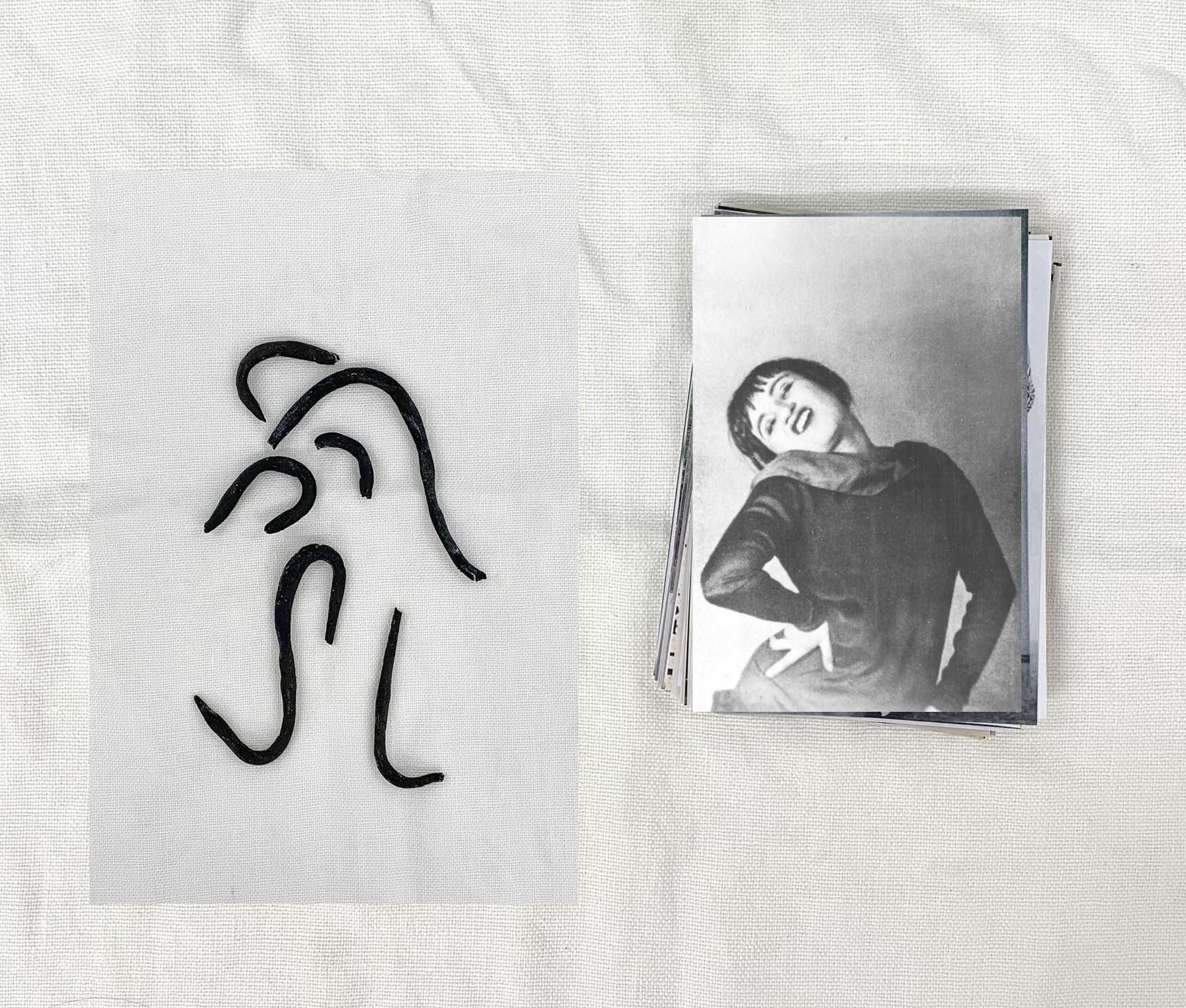










Witch's Kitchen Archive,
Part One: V is for Kaleidoscope
Presented by Active Cultures
October 2020
Link ->
The Witch's Kitchen Archive was published online as a series of visual poems: alongside, and mirroring Lutker’s research process and practice, the series of photos and text pays homage to the life and work of Valeska Gert and explore the history of underground and exile performance in Los Angeles.
Witch's Kitchen borrows its name from Hexenküche, a post-World War II restaurant and cabaret run by Valeska Gert in Berlin. Gert was a kaleidoscopic creative force from the 1920s to the 1970s, and is the spirit guide for Witch's Kitchen. Her underground restaurants and bars in Berlin, New York, Provincetown, Zurich, and the Isle of Sylt, before, during, and after the war, provided safe haven to exiles and artists of all sorts. She was an innovative dancer and acclaimed performer in Weimar Berlin in the early 1920s. "By dancing like a holy terror," she wanted "to cross every border and violate every boundary in art." Her dance was described by one critic as the "pathos of protest." As a Jew, she was declared a degenerate artist and fled Berlin in the early 1930s. Gert was also an actor who, over a span of nearly 60 years, worked with directors ranging from Kurt Weill to Bertolt Brecht to Federico Fellini. In addition to her legacy in film and dance, she served as an inspiration for the punk movement and blurred the line between work and performance throughout her life.